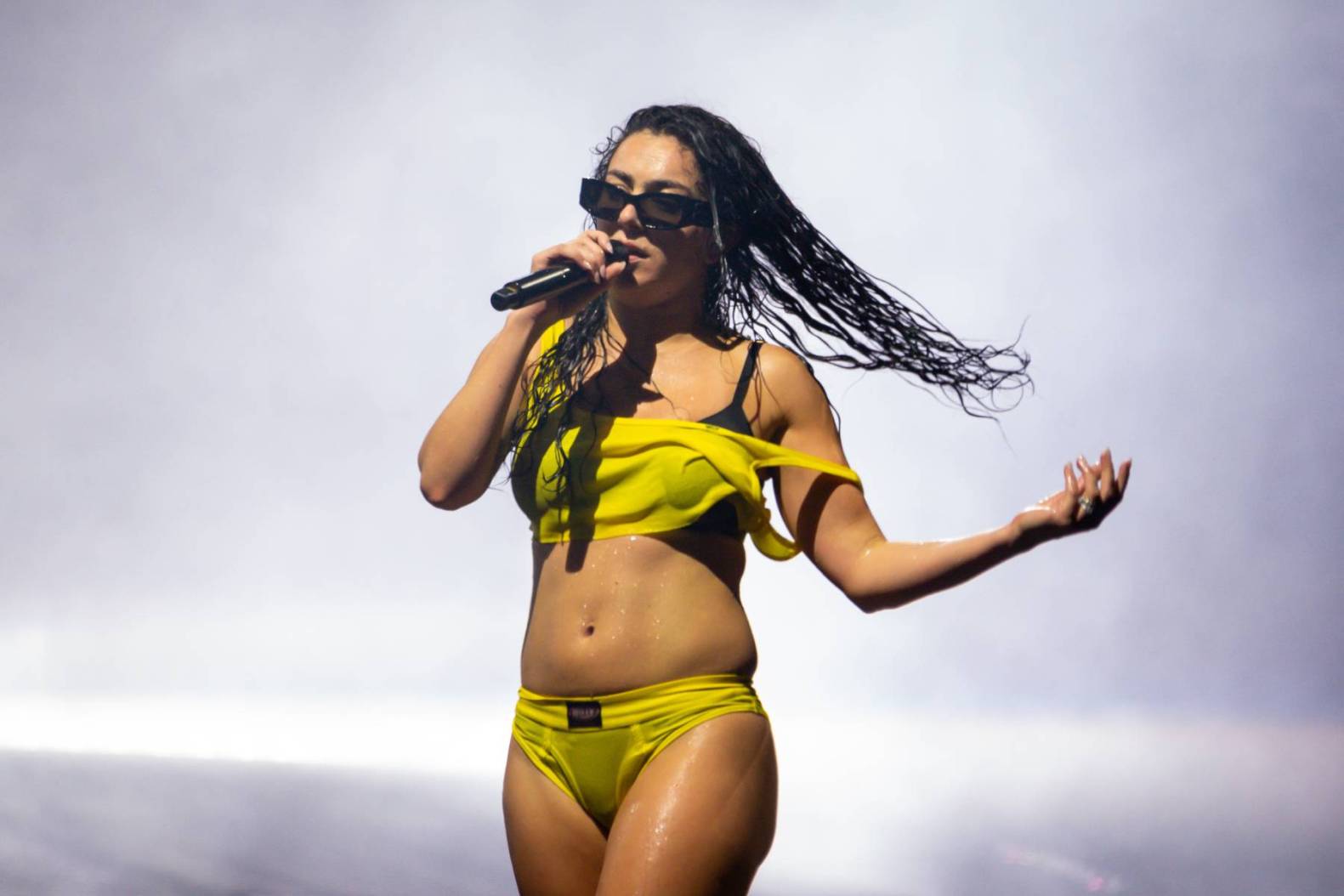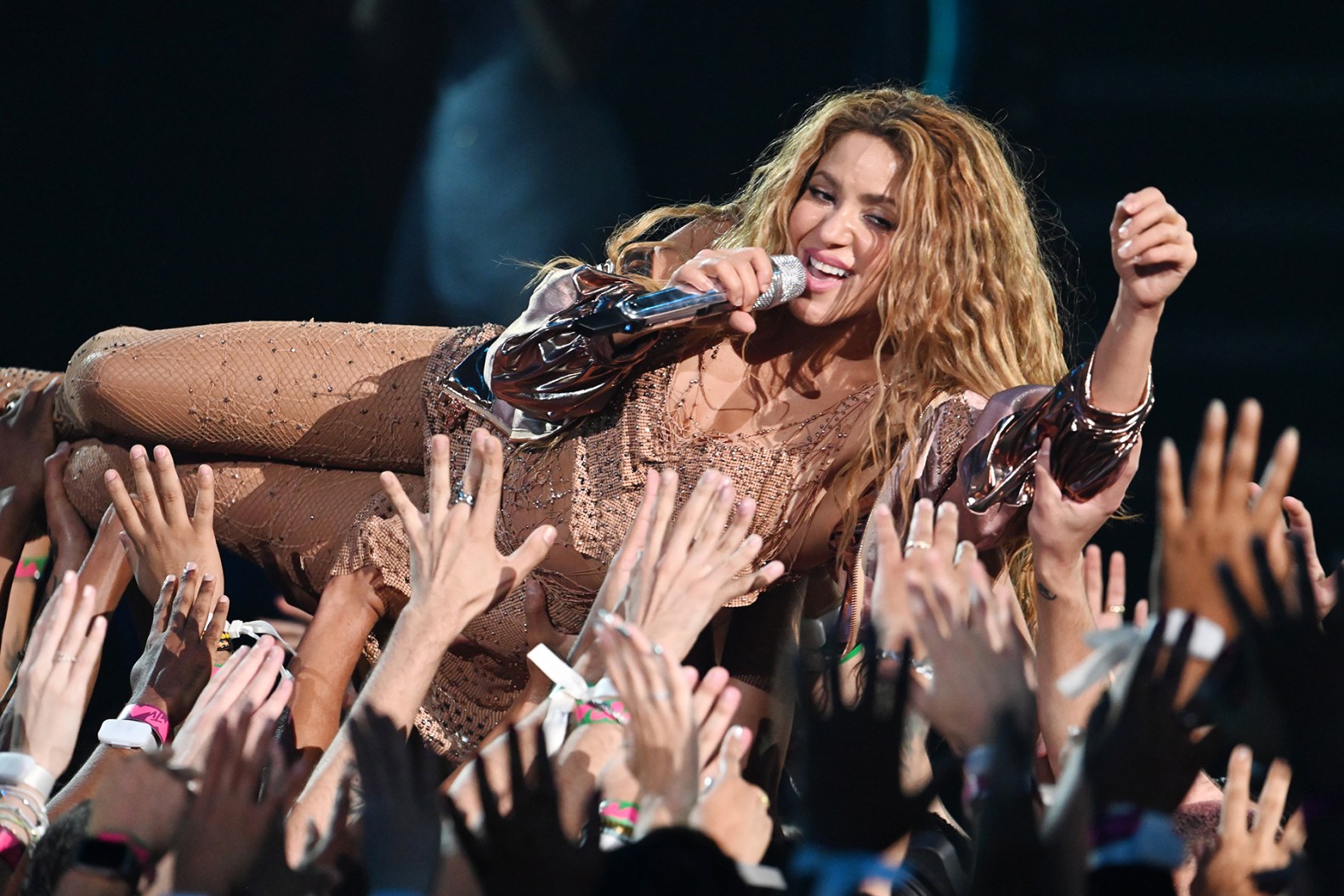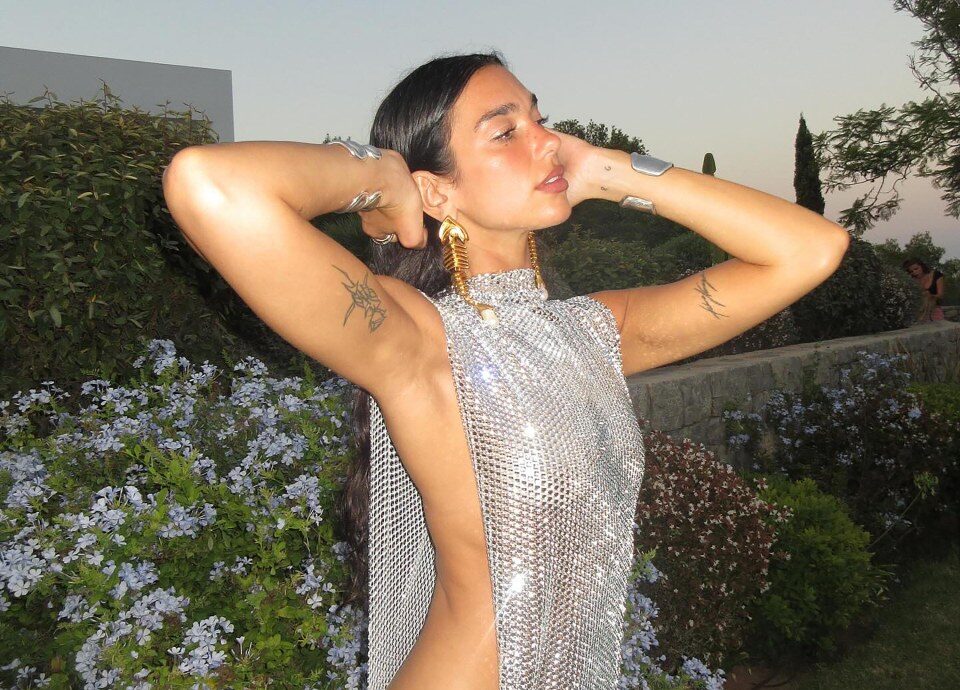Through a combination of her musical choices, outward allyship, creative collaborations, and a loyal gay fan base, Charli XCX (Charlotte Aitchison) has grown to be intimately connected with LGBTQ communities. The primary factors influencing that relationship are discussed in this article, along with why it is significant for modern pop culture.
Table of Contents
Early artistic alliances
Charli’s collaborations with experimental producers and artists who are part of, or celebrated by, queer creative networks helped establish an early cultural link. Working with avant-garde and club-focused producers placed her music inside sonic worlds that queer audiences gravitate toward — club floors, underground playlists, and online scenes where experimental pop and hyperpop flourish.
Public allyship and advocacy
Beyond sound, Charli has publicly supported LGBTQ causes and used her platform to amplify queer artists and issues. She has acknowledged queer audiences often in interviews and onstage, and her public statements during Pride seasons and moments of community crisis reinforced her reputation as an ally.
Club-ready sound and queer spaces
From uptempo anthems to hyperpop experiments, Charli’s output in the past decade intentionally leans toward club-ready, high-energy production. That sonic profile naturally finds traction in queer club culture — a space historically essential to LGBTQ identity formation and musical innovation.
Charli XCX Fan culture and community care
Charli’s fanbase contains a visible and vocal LGBTQ presence, and she has taken steps to acknowledge and create welcoming environments at shows and online. That reciprocal relationship — fans who feel seen, and an artist who thanks and protects them — deepens the association between performer and community.
Media visibility and amplification
Consistent coverage of Charli’s role in queer cultural conversations by both mainstream and LGBTQ-focused outlets magnifies the connection. Profiles, festival lineups, and Pride features repeatedly place her within queer cultural contexts, which increases public perception of the link.



